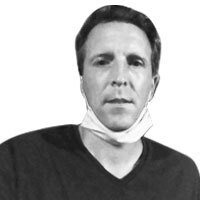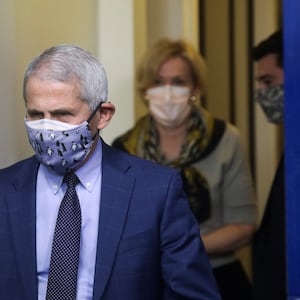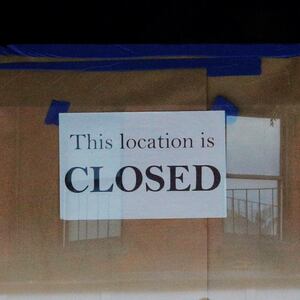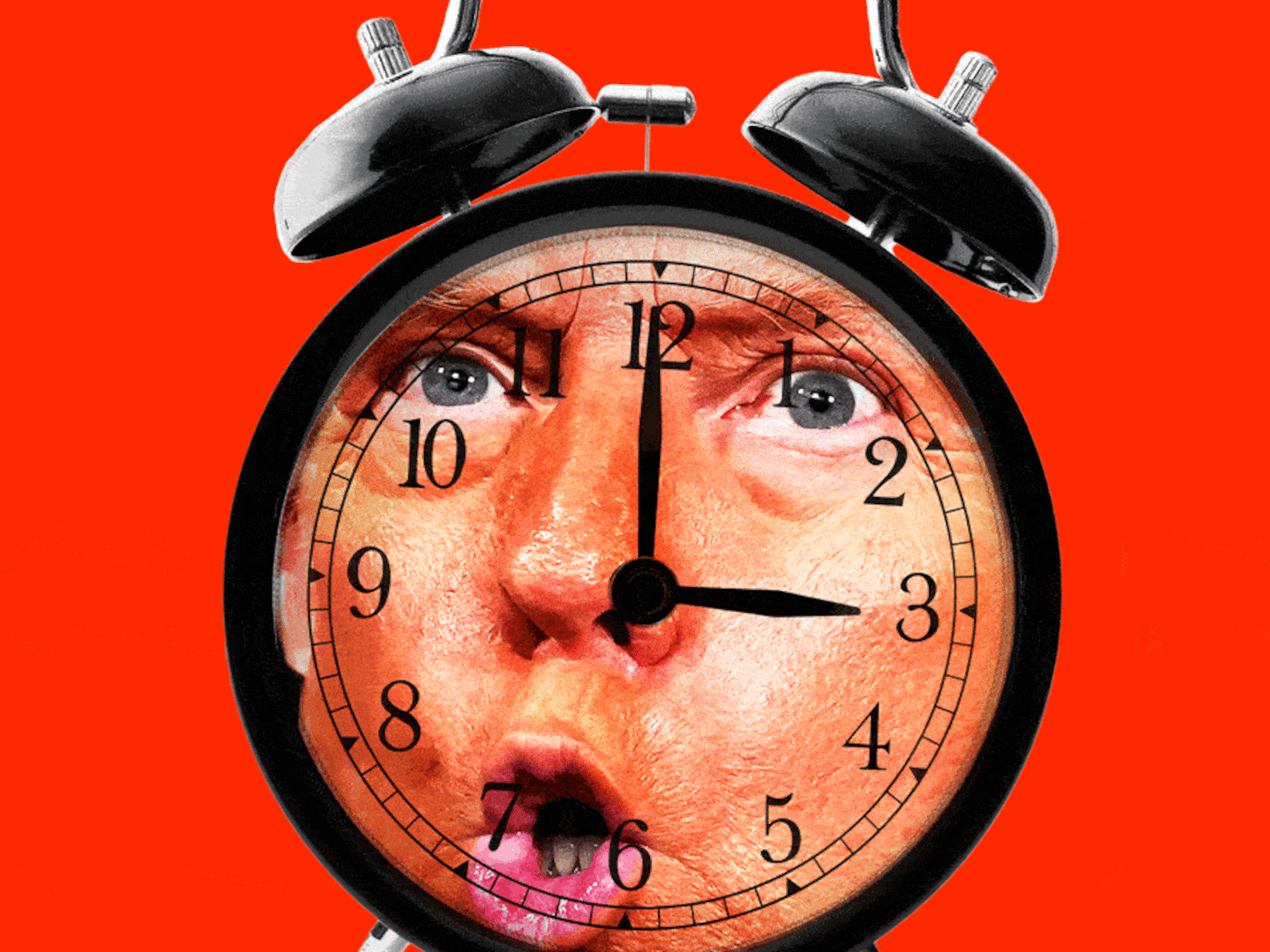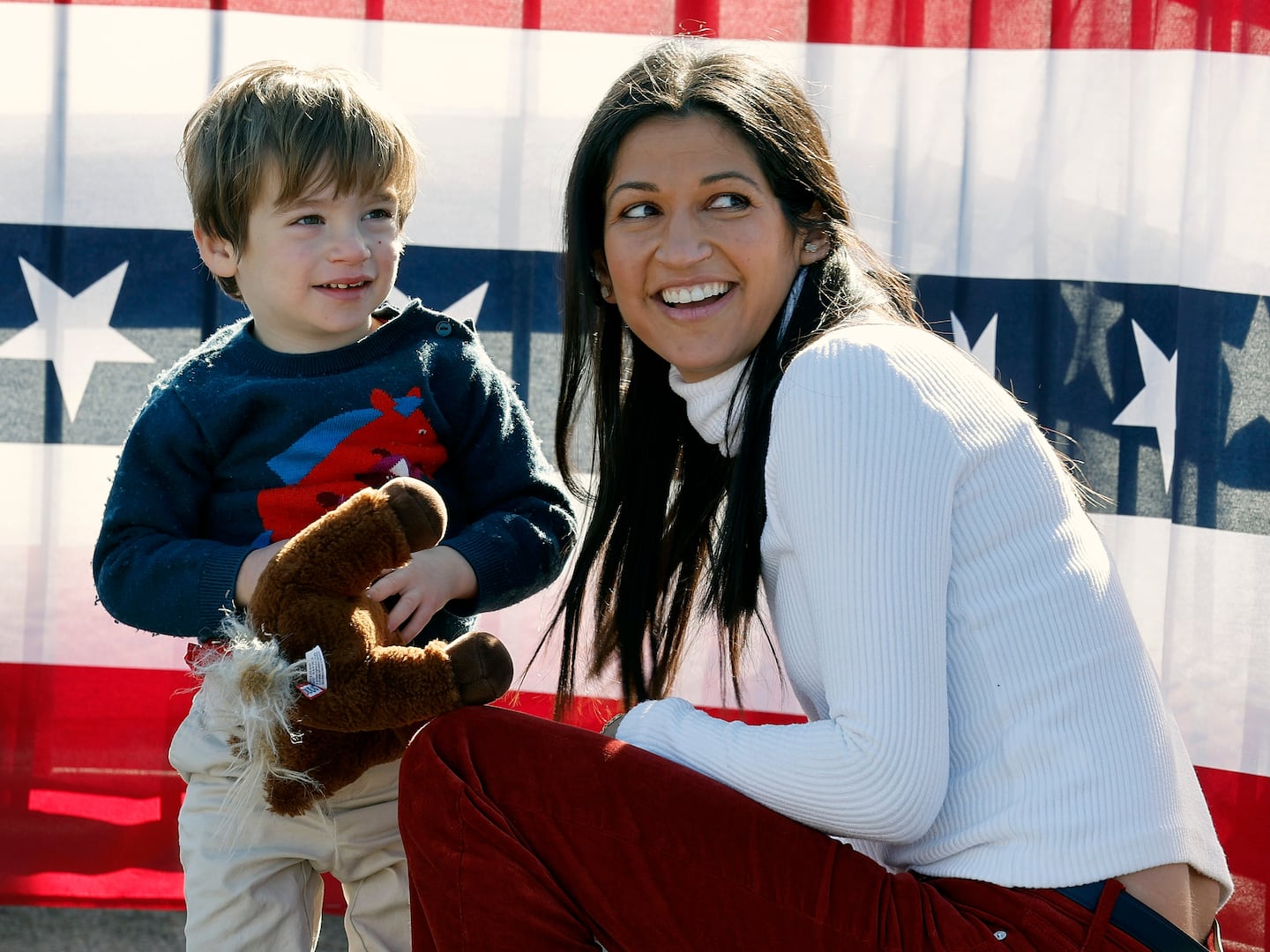MILWAUKEE—Shanika Simmons lives in central city Milwaukee. Tim Bjerk lives in Roseau, a northern Minnesota town 10 minutes from Canada. She drove a school bus until the pandemic hit. He runs a bar. She’s Black. He’s white.
These two very different American lives share one thing in common: COVID-19 is tearing through their respective communities—and there’s no end in sight.
“You can see it on kids’ faces,” Bjerk told The Daily Beast, noting that the stress and worry is filtering down from parents. “People are just frustrated.”
As cases and deaths rise throughout the nation, the Upper Midwest stands out as the epicenter. Five states in the region—North Dakota, South Dakota, Iowa, Wisconsin, and Minnesota—rank in the top seven nationally in the number of new cases in the last week. Roseau County, where Bjerk lives, represents the dramatic surge in rural areas, most of which were largely unscathed by the virus’ first main thrust last spring.
“People thought this would be an urban public health problem,” said Patrick Remington, an epidemiologist with the Global Health Institute at University of Wisconsin, Madison. “We’ve learned that’s not the case. That, to me, was a surprise.”
On Nov. 1, Roseau County had recorded 393 cases. Eighteen days later, cases had skyrocketed to 879, according to public health officials at LifeCare Medical Center, the region’s hospital. The county recorded its first death in early November.
“We noticed it last week,” said Bjerk of the surge. “The traffic has really been down. Initially we thought it was due to deer hunting, but it’s definitely due to people being sick and in quarantine.”
Now, the slow trickle of customers at Gene’s Bar and Grill, which Bjerk owns, will abruptly shrink to zero. On Wednesday, Minnesota Gov. Tim Walz announced a passel of new measures to get the virus under control, including month-long bans on indoor dining and indoor sports.
The latter has upended life for Bjerk’s son Tyler, a junior right winger on the school’s storied hockey team, which has springboarded many to NHL and Olympic fame. The team came within a game of State last season and has been working out daily in advance of the upcoming season. Tyler Bjerk skipped deer hunting camp, an annual November ritual, to keep safe from COVID-19 for hockey tryouts, scheduled to start next Monday. Now, the season likely won’t happen.
The restrictions on in-person dining also have Bjerk worried that Gene’s can’t get through the winter. They were closed from mid-March to early June during the state’s first mandated shutdown, and reopened in the summer only to see a fraction of profits due to canceled or downsized events. Now, they can’t host people for the usual rites of winter: watching hockey and serving as a warm refuge for those coming off the lakes after ice fishing.
“We can’t survive on to-gos only,” he said. “I’m devastated. It’s hard to believe that this is still the United States.”
Bjerk and his college-aged daughters survived a bout with the virus in early fall.
On Labor Day, he was doing his sanitation route—he also owns TrashMasters, a garbage company in town—when he felt uncharacteristically lethargic. The next morning, he woke up feeling much worse, and took to quarantining at the family’s lake cabin. A few days later, his partner on the garbage truck tested positive. He then tested positive, too, and so did his older daughters.
They emerged from quarantine intact, only to see their community descend into pandemic oblivion.
Now, another daughter who’s in high school sits in quarantine for the third time since September, this time exposed to another member of her hockey team.
In Milwaukee, Simmons has been similarly deflated by the virus as it’s tentacled out across her family, hitting their health and their pocketbook. The state’s largest city, with by far its biggest minority population, got pummeled by the virus early on, earning national attention for the disproportionately high rates of cases and deaths in the Black and Latino communities.

Two of Simmons’ sisters have tested positive, and have mostly recovered. A cousin tested positive in October. She had to scale back her role as primary caregiver to a son who is immunocompromised and relies on his mother for, among other things, plugging in his dialysis machine at bedtime every night.
Simmons’ brothers give her more urgent concern. One sits in prison in Stanley, Wisconsin. COVID-19 restrictions mean he can only use the phone every other day now, and in those calls he’s told his sister his cellmate tested positive for the virus, an ongoing problem in facilities where social distancing can’t happen consistently.
Her other brother, who’s 40, lies in a Milwaukee hospital bed fighting for his life—though not directly because of the pandemic. He suffered a massive heart attack Nov. 1 and has been hospitalized since. Simmons has even less access to him than to her incarcerated brother, unable to see him in person due to COVID-19-related visitor restrictions.
“It’s stressful and it’s hard when you have a loved one and you can’t be there for him,” she said. “I got to see him one time, on a tablet, on Nov. 3. They only have one tablet for the whole floor.”
Simmons has been unable to do her job as a school bus driver since Milwaukee public schools went virtual in mid-March. Unemployment benefits have been frustratingly slow and complicated to navigate. Despite her situation, she doesn’t qualify for food stamps. She recently took a job as an Amazon delivery driver, which prompted her 16-year-old daughter to quit her job at McDonald’s to care for Simmons’ 1-year-old. But the delivery job has done little to ease the situation.
She sent an email to Wisconsin Gov. Tony Evers earlier this week, asking for help on prison inmate safety and food security during the pandemic. Evers’ office responded with an auto-generated form letter promising a more personal reply later.
As fall turns to winter, and schools show no hope of re-opening, Simmons tries to remain optimistic.
“It’s been terrible, very difficult for me,” she said. “I need help and I know it’s out there. But it’s very hard and stressful, and I’m still living it.”
